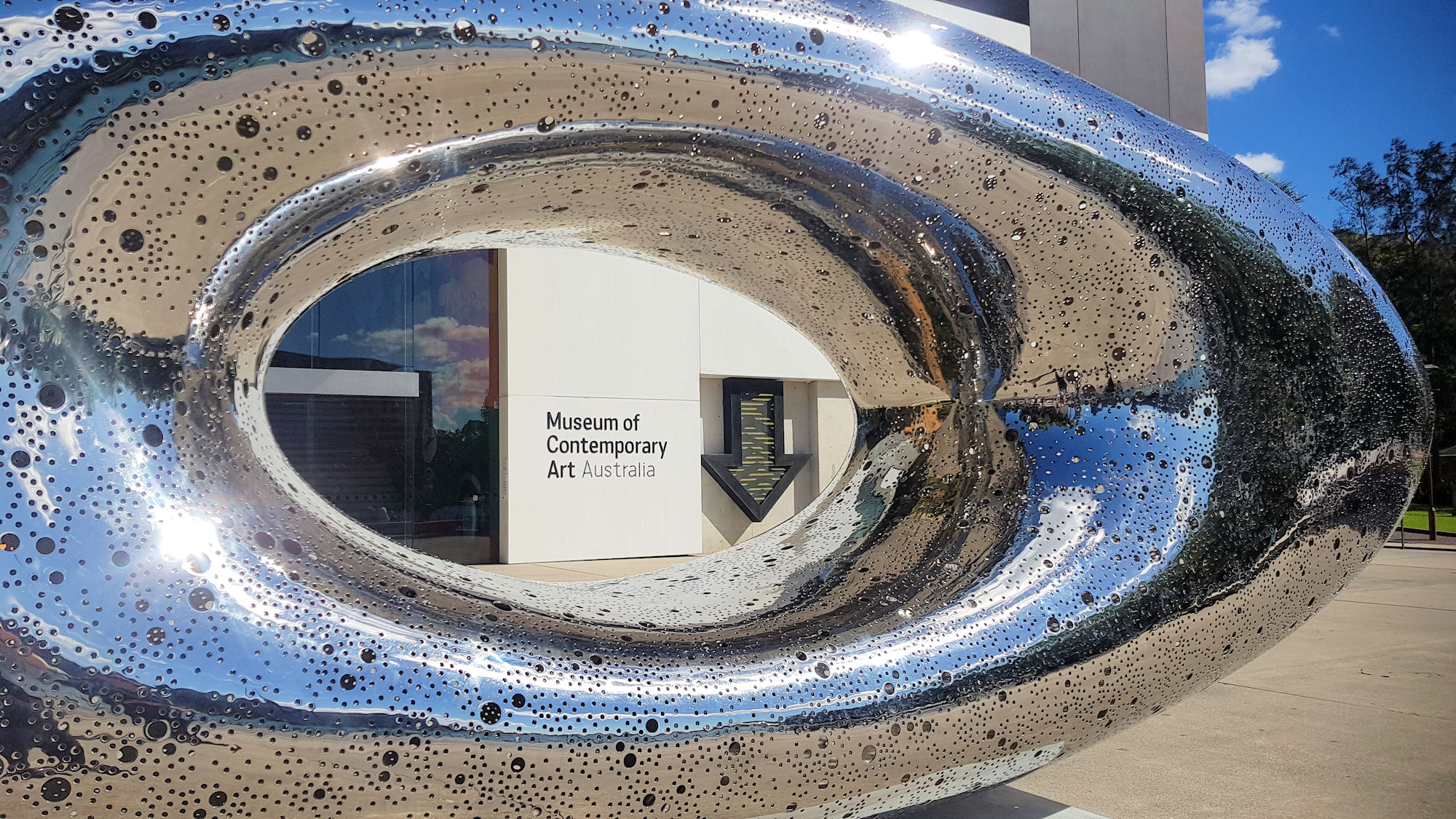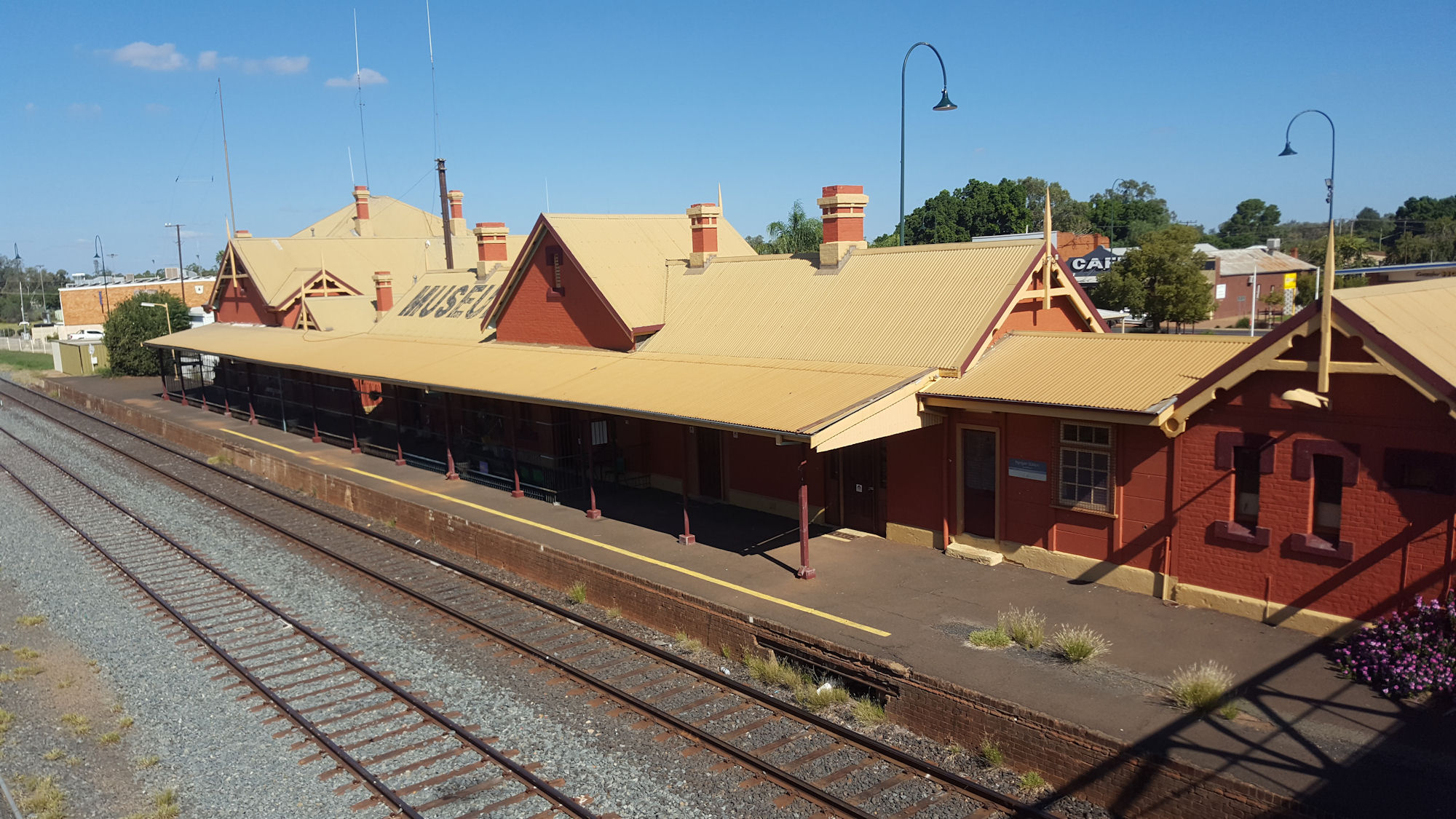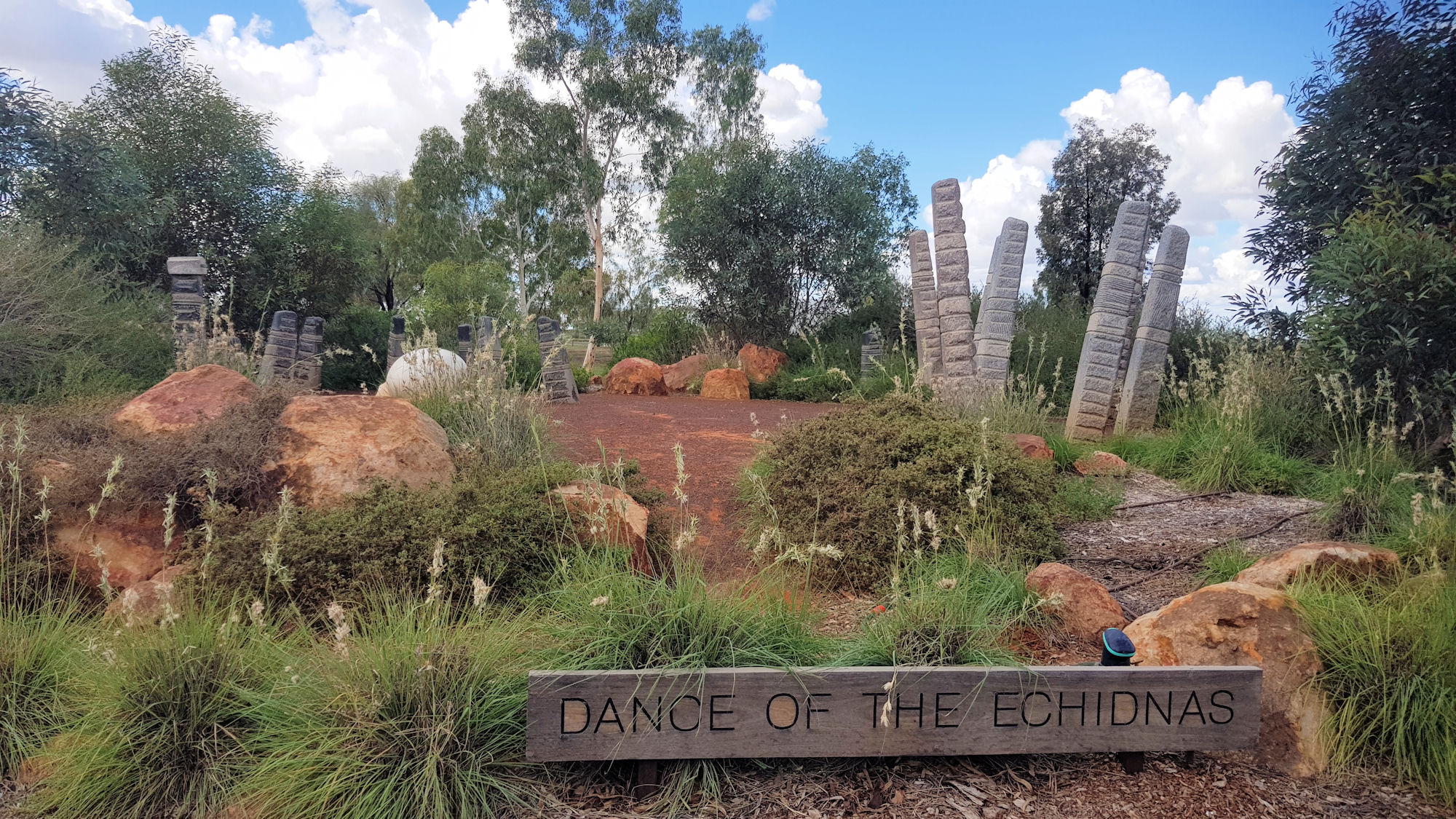Category: Art
-
Museum of Contemporary Art Australia

Museum of Contemporary Art Australia Sitting on the waterfront at Circular Quay, the Museum of Contemporary Art Australia provides a venue for international and local artists. Getting There In walking distance of Circular Quay, public transport is the easiest way to get here. Ferries, buses, trains and light rail all stop here, making it easy… Read more
-
Nyngan and the Big Bogan

Nyngan Located in the Orana Region of central New South Wales, Nyngan is the home of the Big Bogan, a helicopter memorial and several interesting museums. This was our second stop on a road trip out west and our first overnight stop. Like many outback towns. there is a nice sign welcoming you to town,… Read more
-
Bourke Gateway to the Australian Outback

Bourke Located in the Orana Region of western New South Wales, Bourke is the edge of the Outback. To many Australian, the saying Back O’ Bourke means in the middle of nowhere. Visitor Centre Our first stop was the Back O’ Bourke Tourist Information Centre, so that we could find out if there was anything… Read more